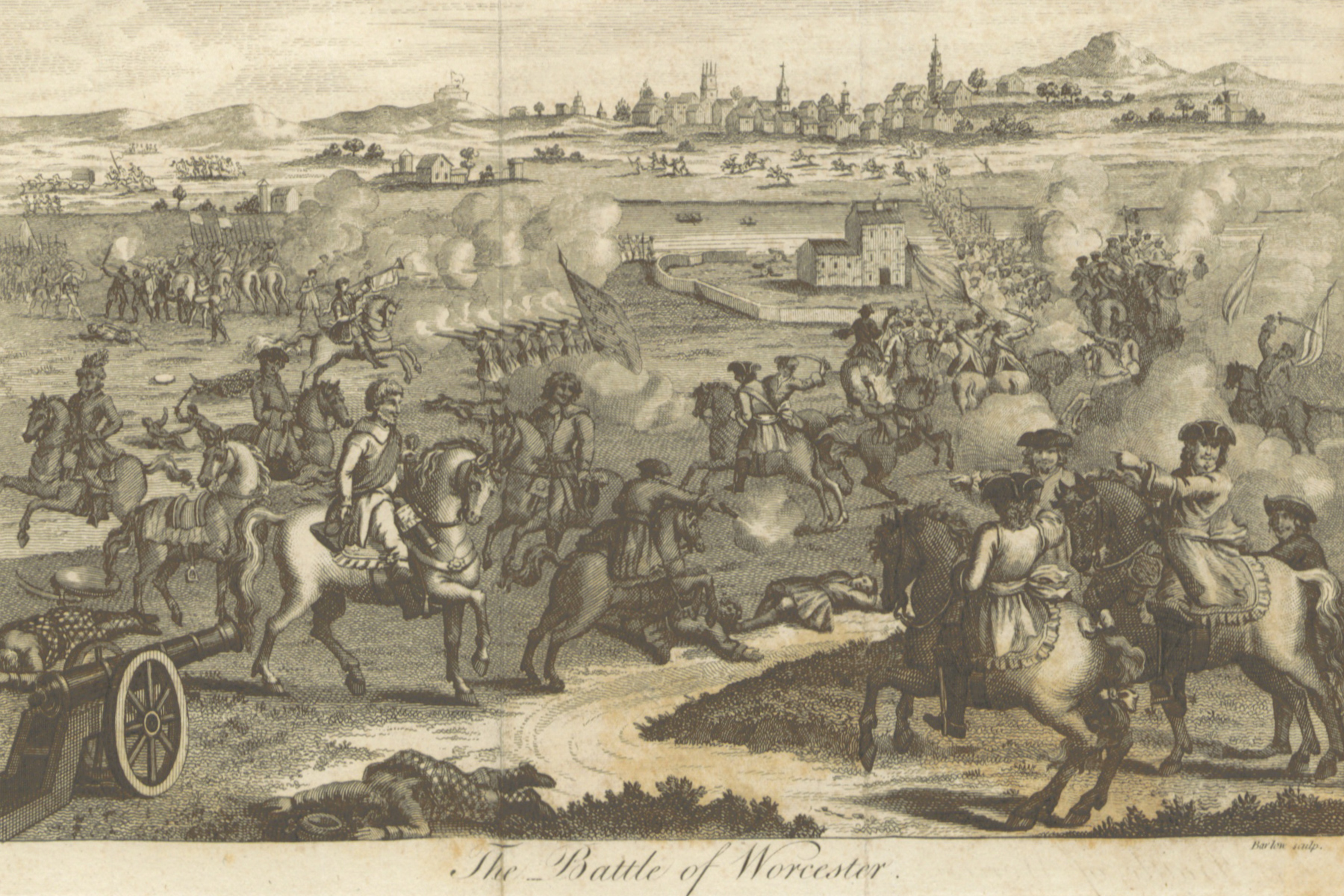Scottish POWs In the Tree
I have strong interests in genealogy and history. Hang around here long enough and you’ll likely get a good smattering of both. This little digression is a combination of the two.
First, let’s go back to the beginning of the beginning. Queen Elizabeth I of England dies still holding onto the title “Virgin Queen” so thereby without issue in 1603. This made her the last monarch of the (in)famous Tudor Dynasty that had begun 118 years prior when an ambitious Welshman, Henry Tudor, defeated poor blighted, much maligned, Richard III at the Battle of Bosworth Field. The ascendency of the Tudors put an end to the thirty-two years War of the Roses that had the Lancastrians and Plantagenets violently trading the English throne back and forth.
In the Union of the Crowns, Elizabeth’s cousin James VI, king of Scotland, succeeded her as King James I of England, thus bringing the House of Stuart to the throne of both countries. James became King of Scotland while still less than one year old following the abdication of his mother Mary Queen of Scots.
James was succeeded by his second son Charles I. Older brother Henry Frederick, Prince of Wales, had preceded his father to the pearly gates in 1612 from typhoid fever. Throughout his reign, Charles had an ongoing, and increasing acrimonious spat, with Parliament. As Monty Python observed:
“The most interesting thing about King Charles, the first
“Oliver Cromwell” Monty Python
Is that he was 5 foot 6 inches tall at the start of his reign
But only 4 foot 8 inches tall at the end of it”
Cromwell gained prestige for his victory against the Royalist forces at the Battle of Marston Moor. He formed his New Model Army. Charles fled North to Scotland. Unfortunately for him, the Scots handed him back into Parliament’s custody. In 1649, he was tried by the Rump parliament, convicted, and executed in London.
This effectively ended the English monarchy. Parliament abolished the Commonwealth and declared the English Republic. Cromwell was declared Lord Protector of the realm.
Charles’ son was declared King of Scotland, the Scots having switched their sympathies to the royalist cause. They took up arms in support of his claim as rightful heir to the crown of England. They met Cromwell’s New Model Army in the Battle of Dunbar in 1650. Following the Scots loss of this battle, my maternal 8th great grandfather Duncan Stuart/Stewart was captured and taken prisoner. The following year, the Scots defeat at the Battle of Worcester saw the capture of my paternal 8th great grandfather Daniel Davison.
After a deadly march to London, Cromwell shipped off the Scottish POWs to the colonies selling them into indenture. Duncan Stuart/Stewart crossed the Atlantic on the Unity in 1650. His indenture was sold to George Hadley of the Massachusetts Bay Colony. He married Ann Winchest, a fellow indentured servant in the Hadley household, in 1654. It was highly unusual for indentured servants to marry. However there is the following entry in the records of the Ipswich court:
“Duncan Stewartt…and An Winchest [both servants to George Hadley] to be whipped for fornication, the man that afternoon and the woman when she should be called out by the magistrates, after she was delivered. Together they were to bring up the child and pay charges.”
Court held at Ipswich, Mar. 28, 1654
Duncan’s granddaughter Hannah married Samuel Marston Trask whose 4th great grandson, Charles, married my maternal grandmother Esther Moore.
Daniel Davison (about 1630–1693) likely made the crossing on the John & Sara in 1652 settling in the area that is now Wenham, Mass. From what family historians can tell, he managed to end his indenture early and married Margaret Lowe, daughter of Thomas Lowe and Margaret Todd, in 1657. It is possible that he served his indenture to the Lowes.

With each successive generation, Daniel’s descendants moved to Connecticut, then New Jersey, and, eventually homesteading in the area that is now Harrison County, West Virginia. Joseph Davisson (the second S added somewhere along the way) was counted among the founders of Bridgeport on Sampson’s Creek. He married Mary Burns, purported by tradition to be a first cousin of Scottish poet Robert Burns, in 1773.
Joseph served in the Continental Army enlisting in February 1777. He spent the winter with General Washington at Valley Forge as a Private in the First Virginia Company. He was discharged from the army in 1780 and returned to western Virginia by 1784.

If you would like to learn more of the Scottish Covenanters and prisoner of wars shipped across the pond as indentured servants, the Scottish Prisoner of War Society has a wealth of information and individual listings on each know SPOW.
The book Lost Lives, New Voices: Unlocking the Stories of the Scottish Soldiers at the Battle of Dunbar 1650 by Gerrard, Graves, Millard, Annis, and Caffell tells the story of those who fought, were killed or captured at the Battle of Dunbar.


Duncan Stewart is my 8th paternal grandfather!